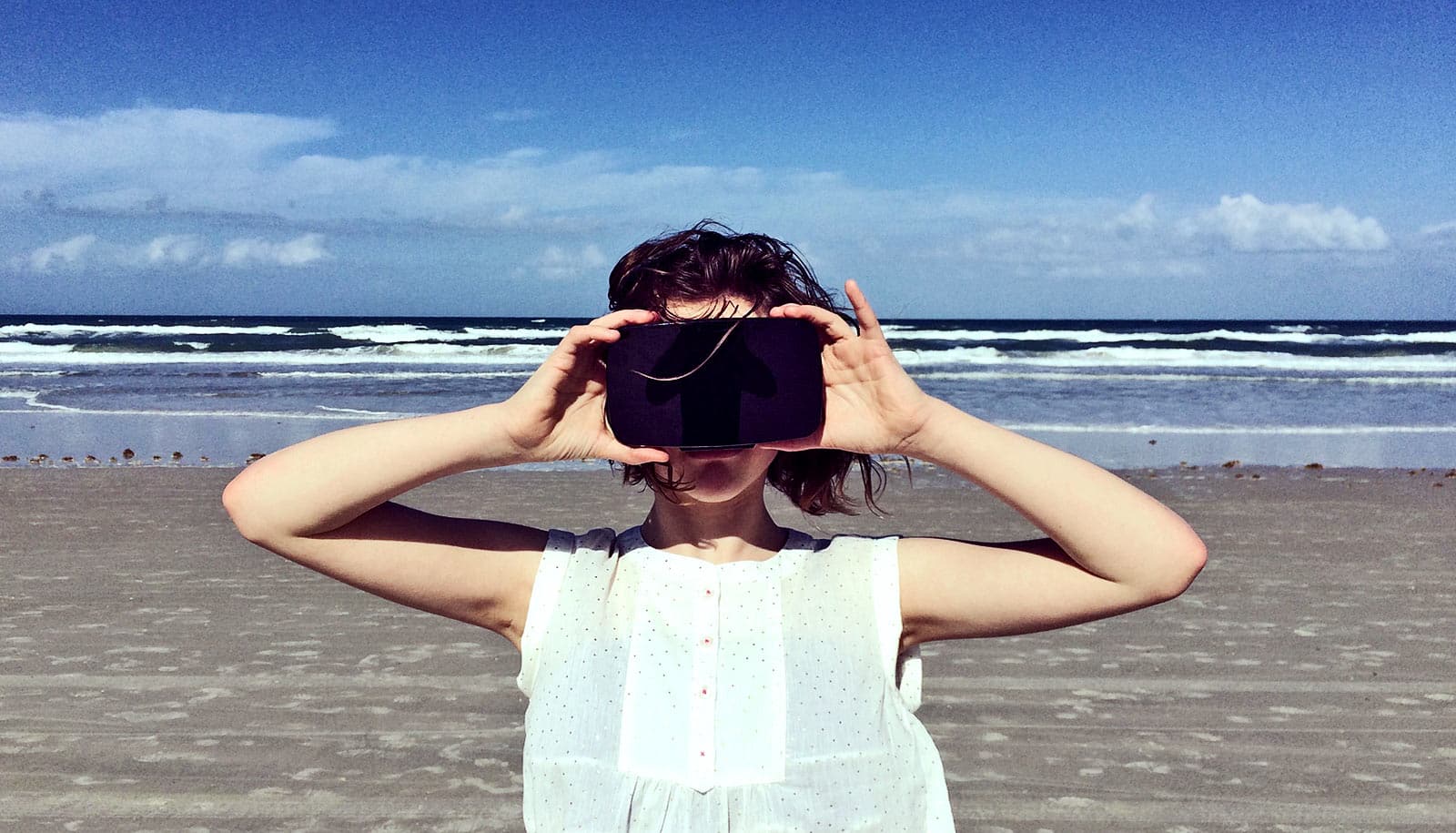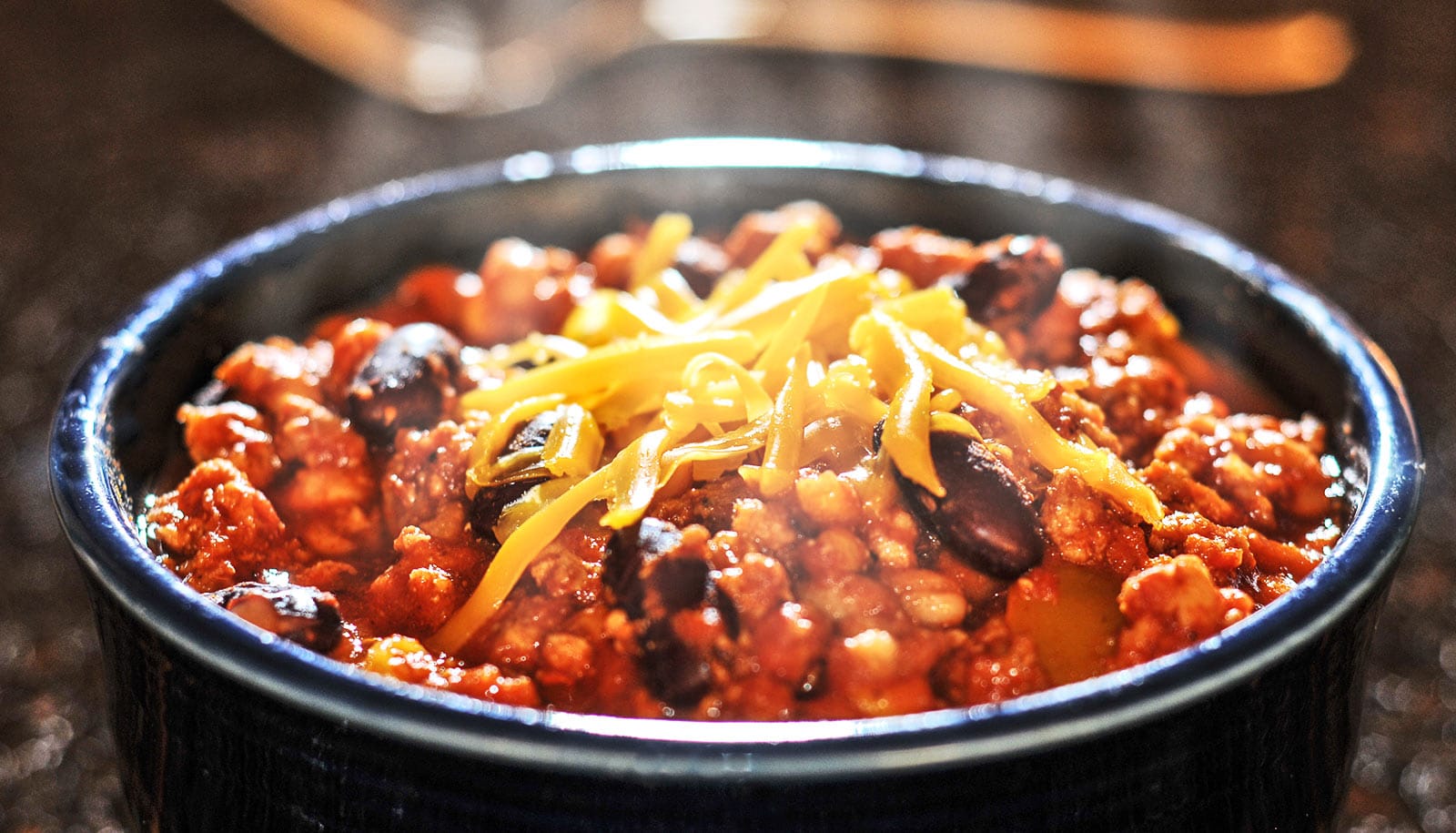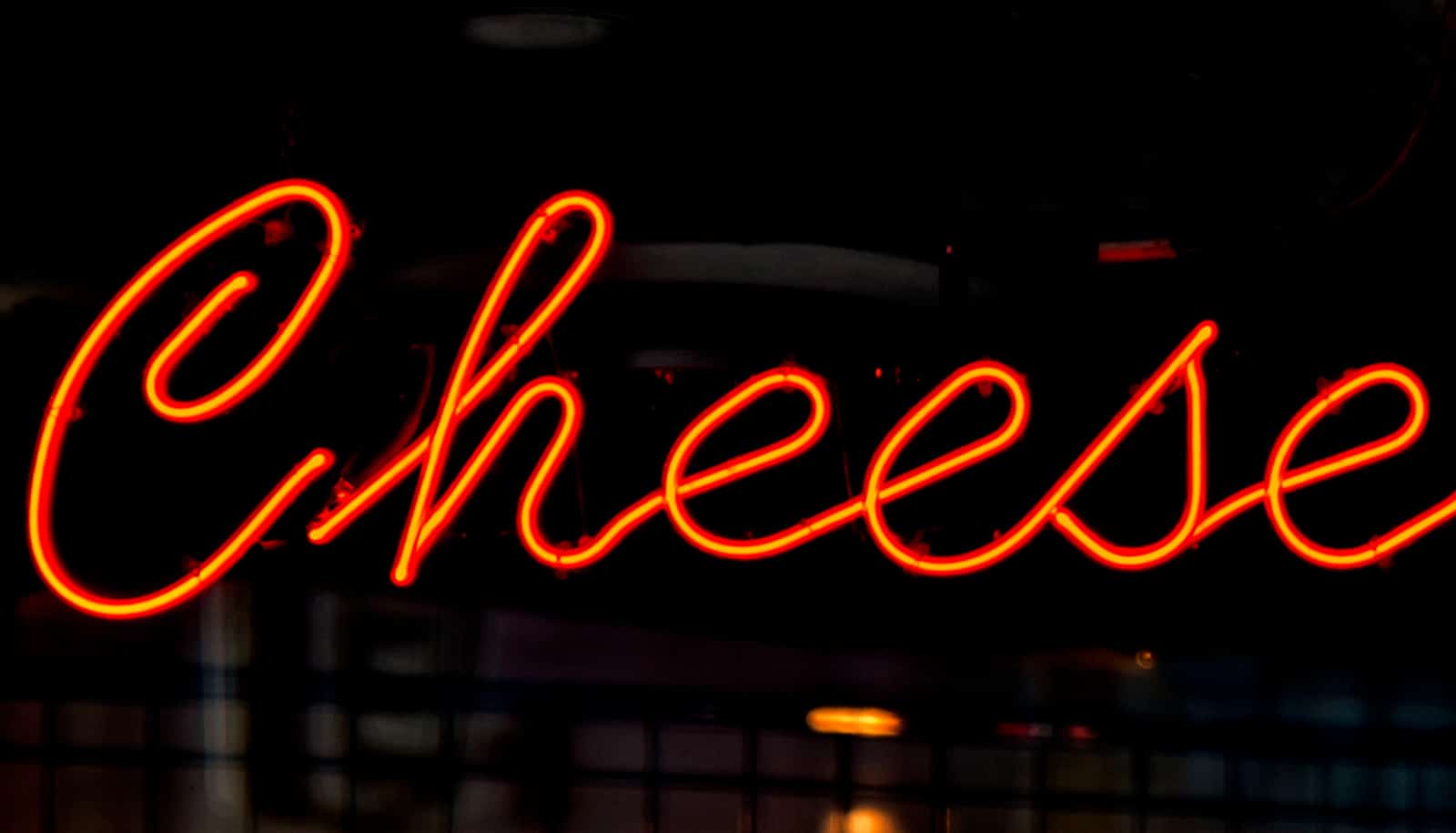Virtual reality can help optimize consumer tests to make them more useful for both researchers and food companies, a new study suggests.
“Our research shows that virtual reality is interesting for product development in the food industry and that the food industry should take these tools very seriously in the future. They offer great potential for seeing how certain products fit into simulated contexts that feel real to the testers,” says Wender Bredie, who leads the Future Consumer Lab at the University of Copenhagen.
“If you want to develop food products for a new market, you can use virtual reality to see whether the target audience likes the product and how enthusiastic they are about it,” explains Bredie.
Imagine sitting in a booth in a neutral room and choosing between two cold drinks. This is how a typical consumer test takes place and, while your choice will show what you prefer at that moment, in that setting, researchers know that this kind of test doesn’ttell the whole story.
Your surroundings also play a role in how you feel and what you choose, but it can be both expensive and difficult to travel around the world with test subjects and equipment because a company or research team wants to test a product in different contexts.
The current study, which appears in the journal Food Research International, also confirms that researchers and food companies could use virtual reality to create desire for drinks.
“It is completely new research for our field. Some have looked at preferences—that is what you prefer—but here we have looked at how you can stimulate consumer product engagement,” says Bredie, who believes that it is only a matter of time before virtual reality will be used worldwide for research into consumer desires—and also as a tool to investigate what can get us to make healthier choices.
The new study shows that virtual reality could be a game changer when it comes to researching consumer habits and sensory science (the way we experience food—taste, smell, hear (for example, when it crunches), see, and feel it).
In the study, researchers presented 30 women and 30 men with a variety of drinks twice at a week’s interval. The first time, they chose drinks while they imagined they were on a beach. To help them imagine this, researchers presented them with a photo of a beach. The second time, they saw the beach using virtual reality.
The results show that 31 percent of the participants had difficulty imagining themselves on the beach using a photo, while the figure was only 8 percent in the virtual reality scenario. The participants therefore engaged more in the choice of drinks when they were in the virtual reality scenario.
The research shows that the participants were significantly more inclined to choose a cold drink than a warm drink, both when they saw a photo of a beach and when they saw the beach via virtual reality. The desire for cold drinks was also significantly greater (increased by 41 percent) when the participants were in the virtual reality scenario compared to the laboratory scenario.
To predict crowdfunding, scan consumers’ brains
The desire for cold drinks increased by only 20 percent when participants imagined being on the beach while looking at a photo of the beach. Conversely, the desire for hot drinks decreased by 51 percent in the virtual reality scenario and by 43 percent in the photo scenario.
Source: University of Copenhagen



